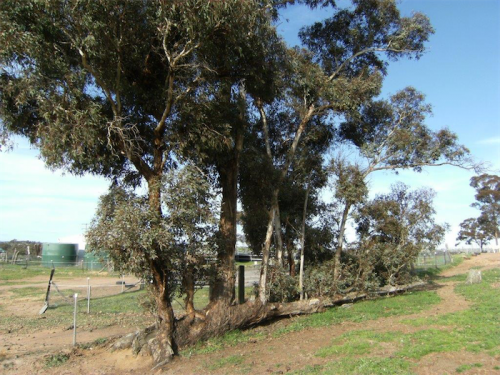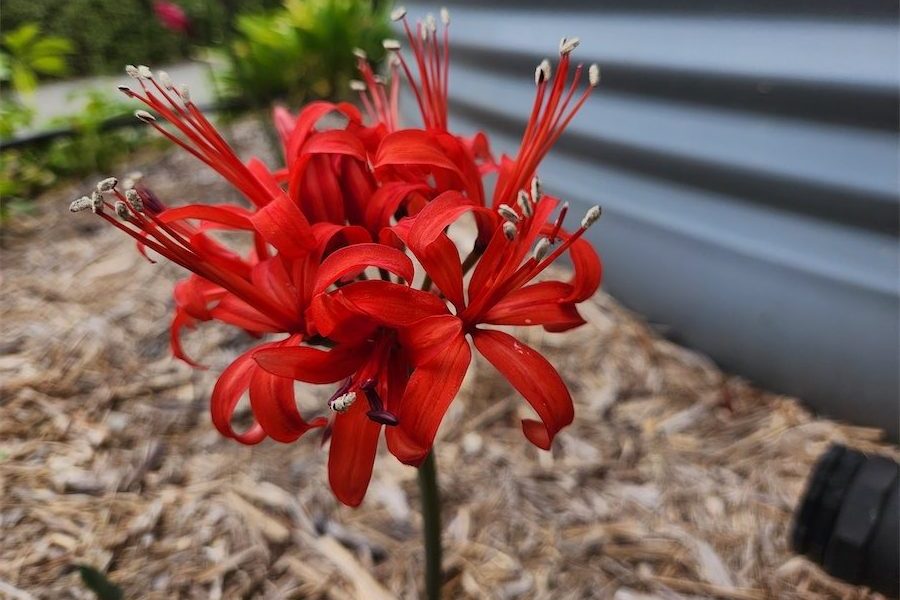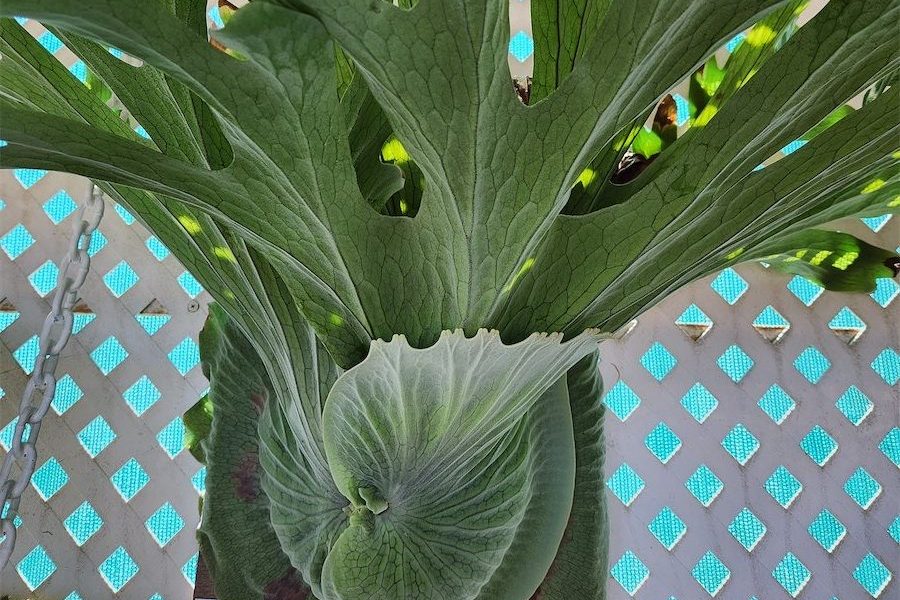
AUTUMN is the perfect time to divide perennial plants after they have finished flowering.

Most perennial plants are suitable for digging and dividing and include Asters or Michaelmas Daisies, Campanula, Echinacea, Salvias, Ajuga, Penstemon and Phlox to name a few.
Dividing plants provide not only extra plants to fill in gaps in the garden, but for distribution to gardening friends or potting them up for school or church fetes.
By digging perennials up and potting at this time they will be ready by spring. That is, besides regular watering they have been regularly fertilised with a liquid plant food such as certified organic Maxicrop Seaweed Plant Nutrient. This fertiliser specifically promotes strong, extra root growth.
Always use premium-grade potting mix.
MANY perennials will be setting seed at this time. The most reliable way of collecting the seed is just before it ripens. Place a brown paper bag over the seed head and tie around the stem of the plant. Don’t use plastic bags as the seeds will sweat and rot. Write the name of the plant on the bag with a waterproof Texta pen. Shake the bag every now and again to see if the seeds have separated from the seed head and are rattling in the bag. Spring is the preferred time to plant seeds.
ANOTHER way of propagating plants is layering. This can be used for larger shrubs. As they grow, many shrubs will have low branches close to the ground. These branches often get covered with soil and mulch and develop roots. Gently lift the low branches and cut the shoots from the parent plant, lightly trimming any scraggly roots and pot up in good potting mix and fertilise as described above. Make sure they’re labelled if they are being offered for sale at fetes.

THE Loropetalum “Plum Gorgeous” is one of my favourites in our garden as pictured here. Recognised by garden designers and landscapers for its year-round interest from the rich-purple leaves to the spidery, pink flowers, it’s a frost-hardy evergreen (or I should say “ever-purple”), growing to about a metre high and wide; a truly versatile solution for any garden.
Jottings…
- Give the lawn one last feed now before winter. I vary the plant food and this autumn used Multicrop Ecofish organic plant and soil nutrient. Like us, I am sure plants enjoy a variety of plant foods rather than the same food all the time.
- Plant Erica (Heather) and Calluna for winter colour. Anyone who has seen heather in flower in the Scottish Highlands will need little persuading.
- Plant Cyclamen in pots or hanging gardens for winter colour. When they have finished flowering in late spring plant them in a shady spot in the garden.
- Spray peaches and nectarines with Kocide or Bordeaux to guard against leaf curl just before leaf fall. Another application will be required in spring.
Who can be trusted?
In a world of spin and confusion, there’s never been a more important time to support independent journalism in Canberra.
If you trust our work online and want to enforce the power of independent voices, I invite you to make a small contribution.
Every dollar of support is invested back into our journalism to help keep citynews.com.au strong and free.
Thank you,
Ian Meikle, editor




Leave a Reply